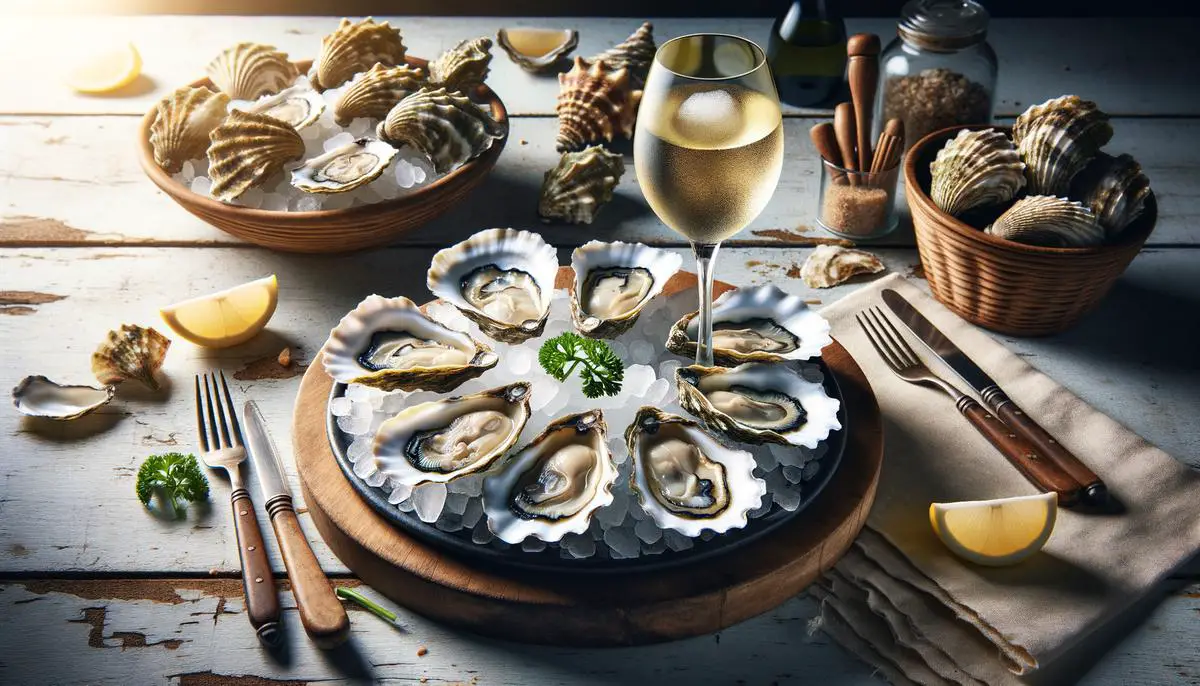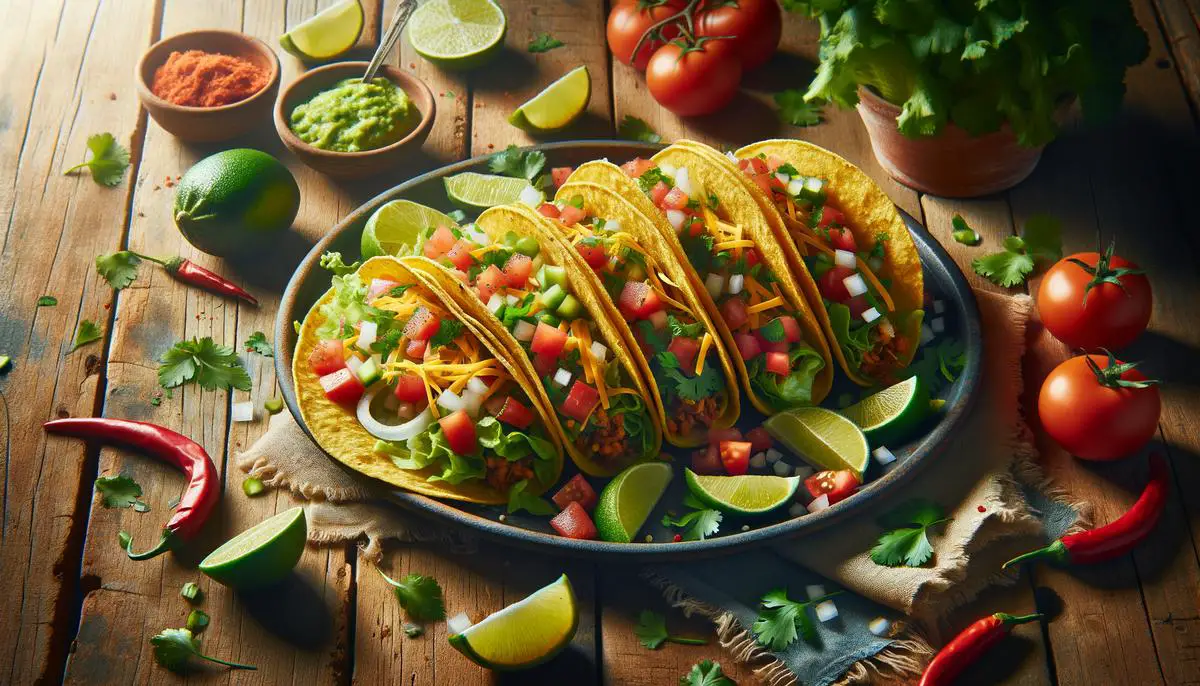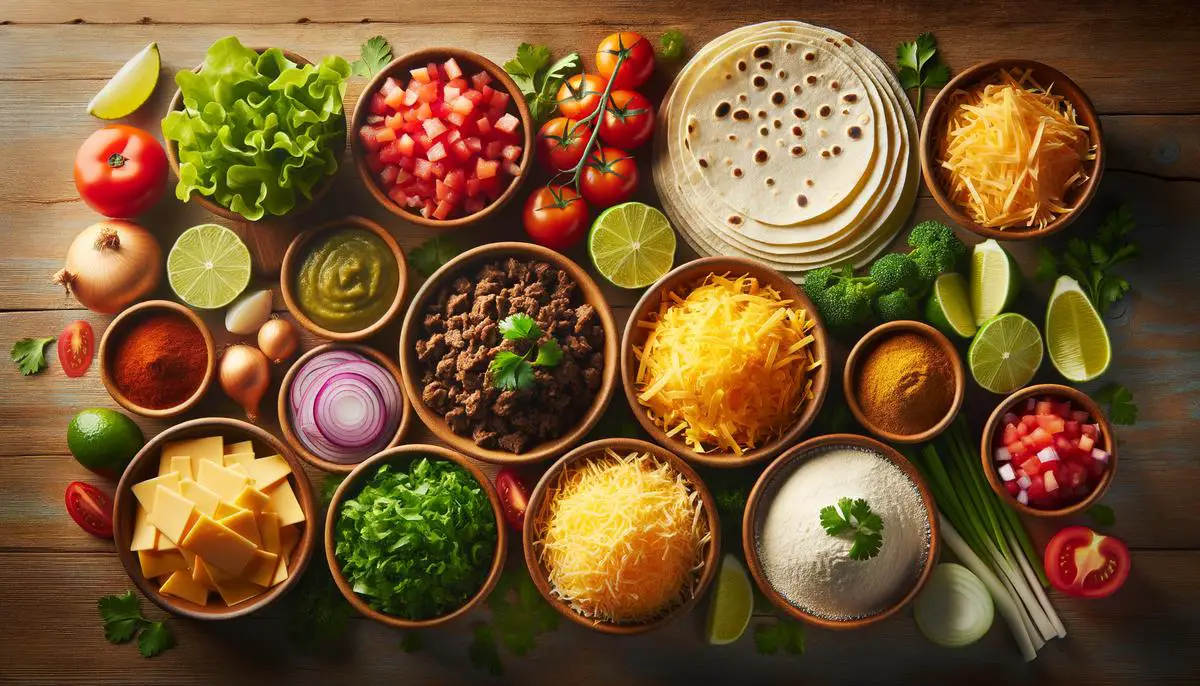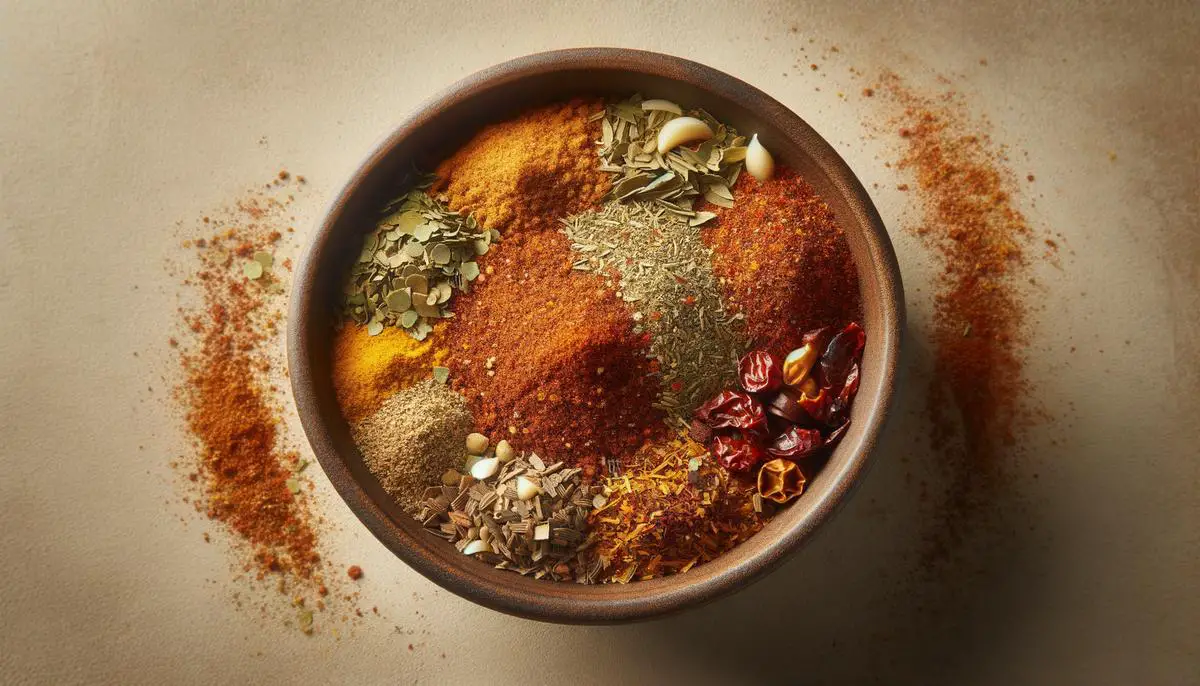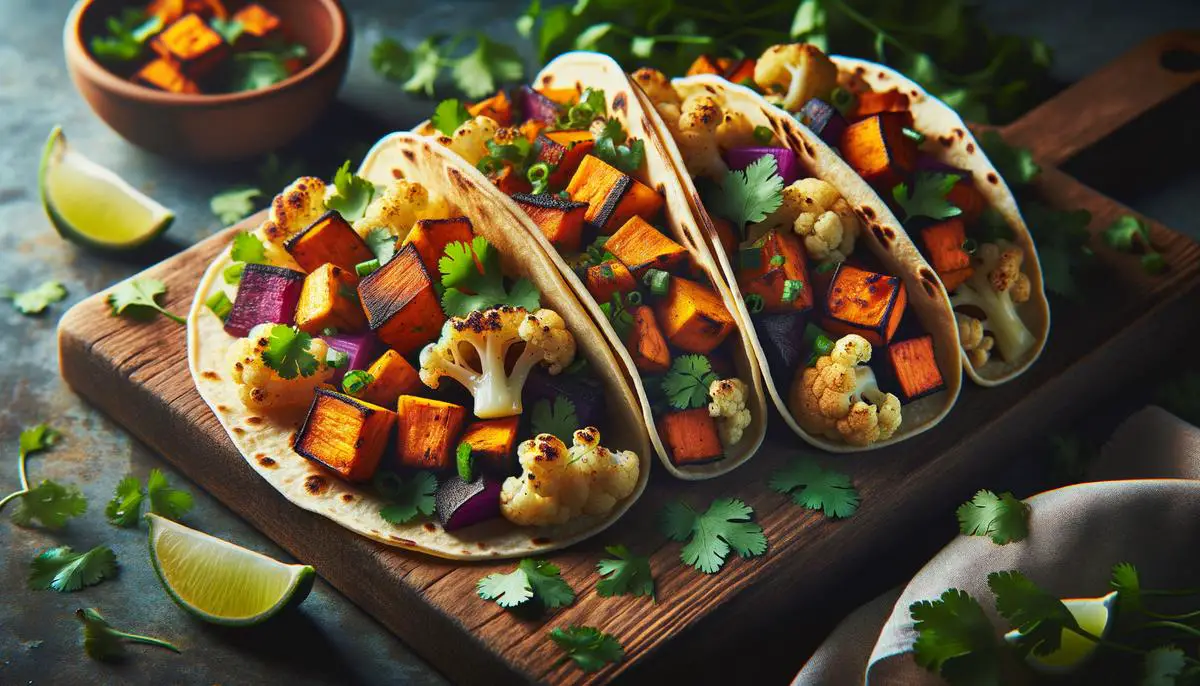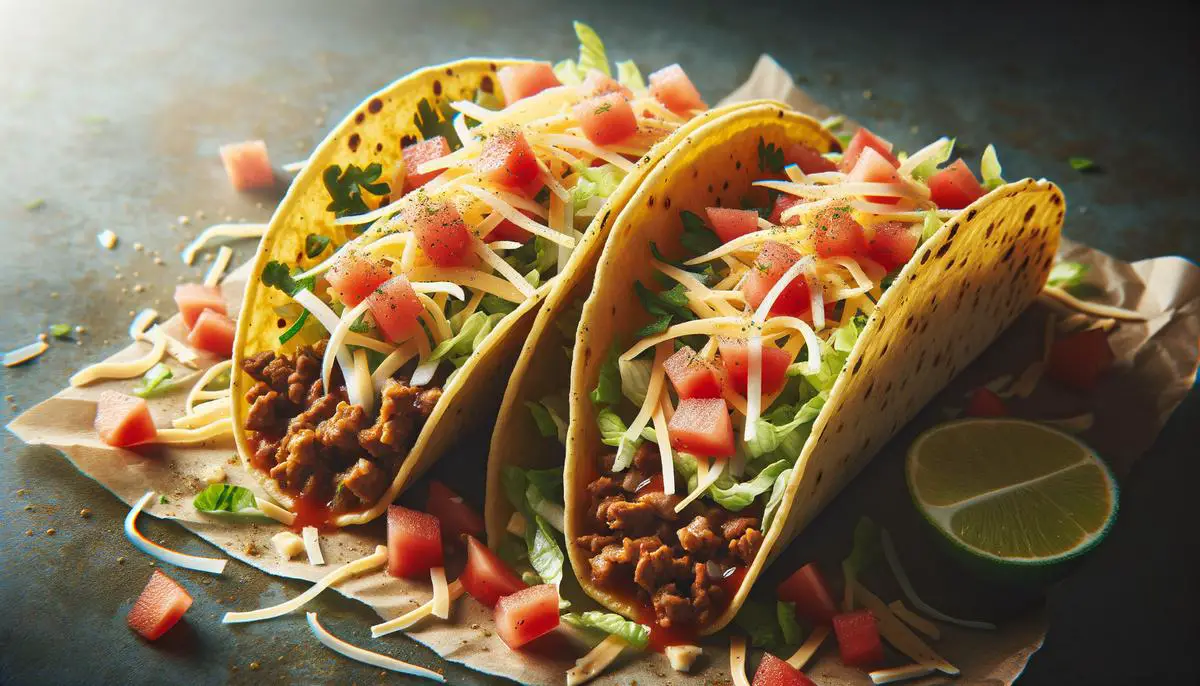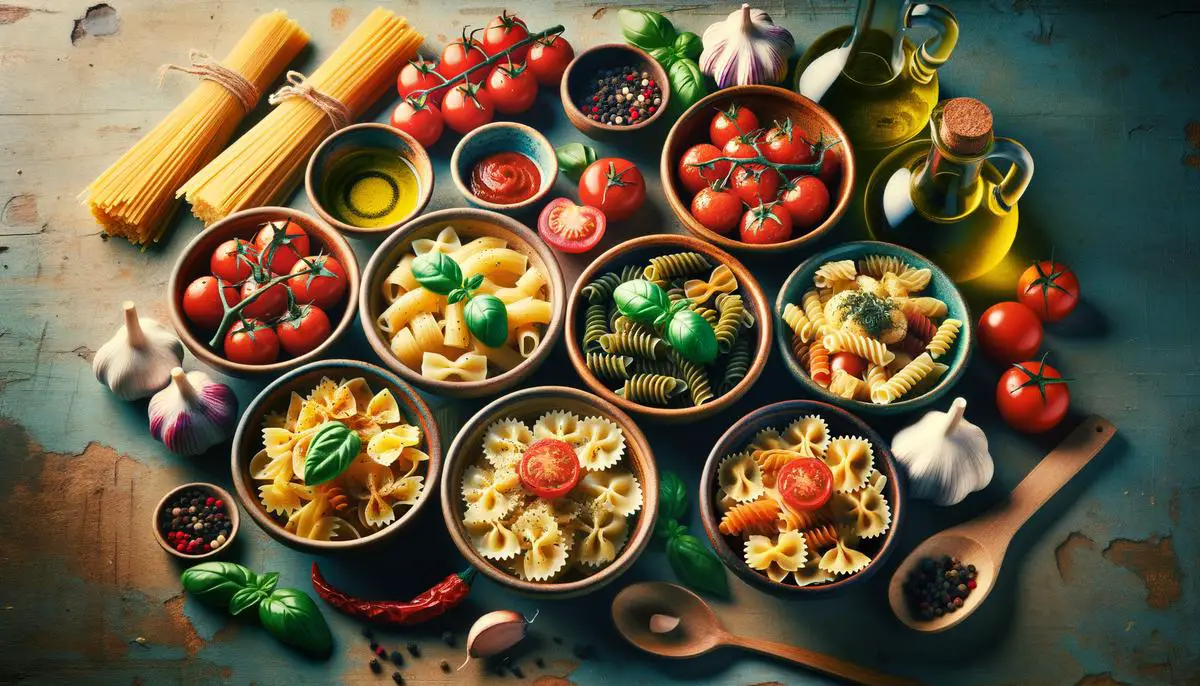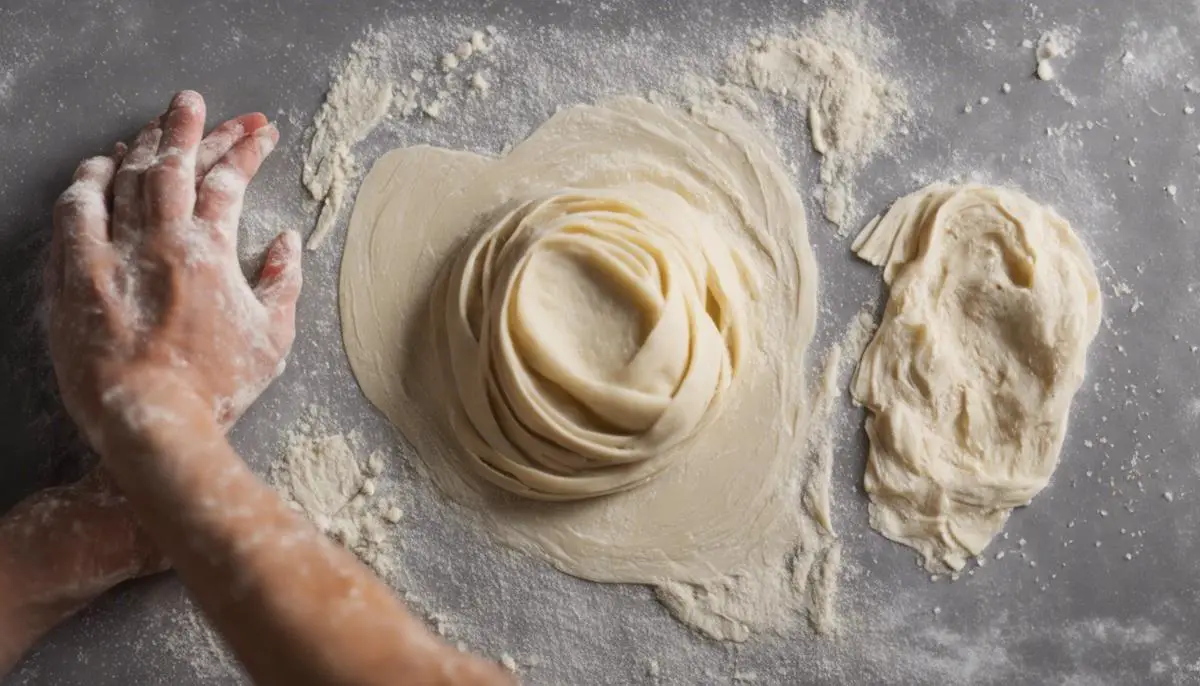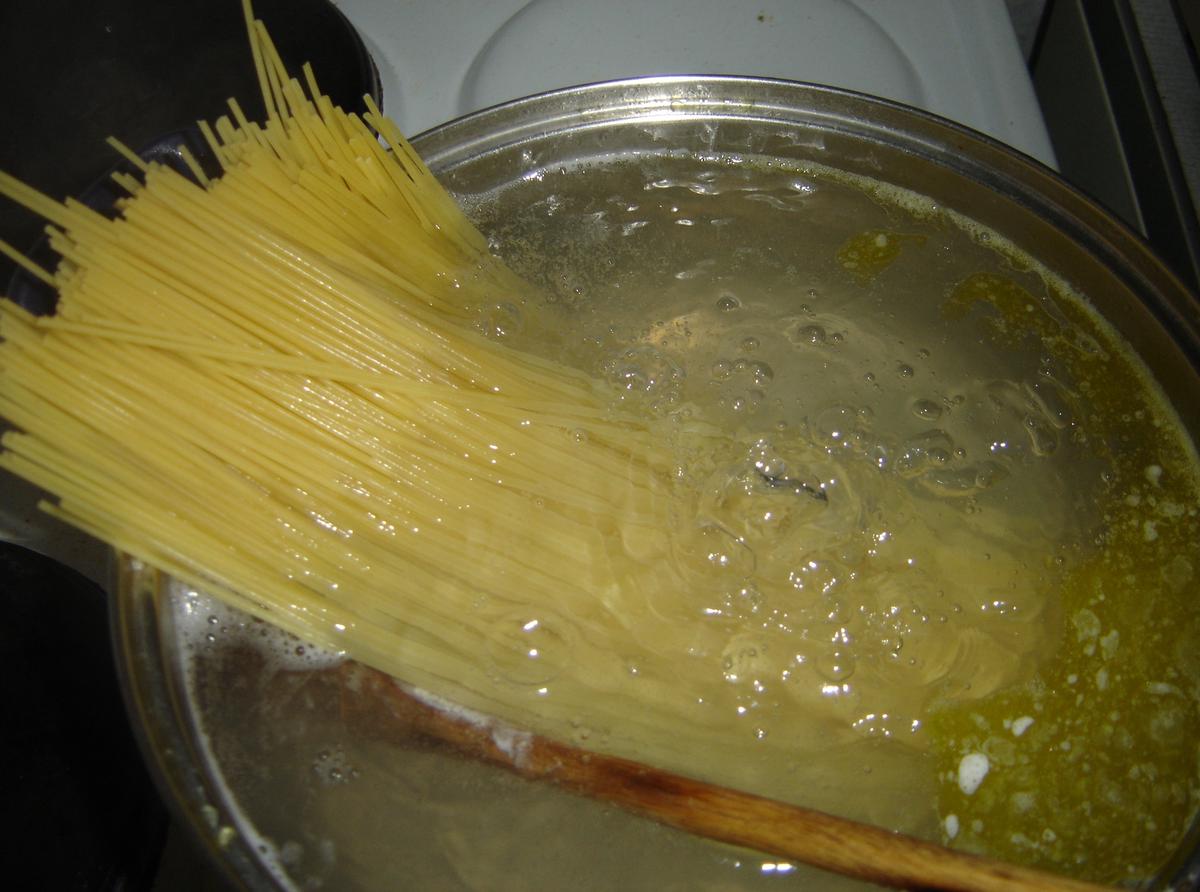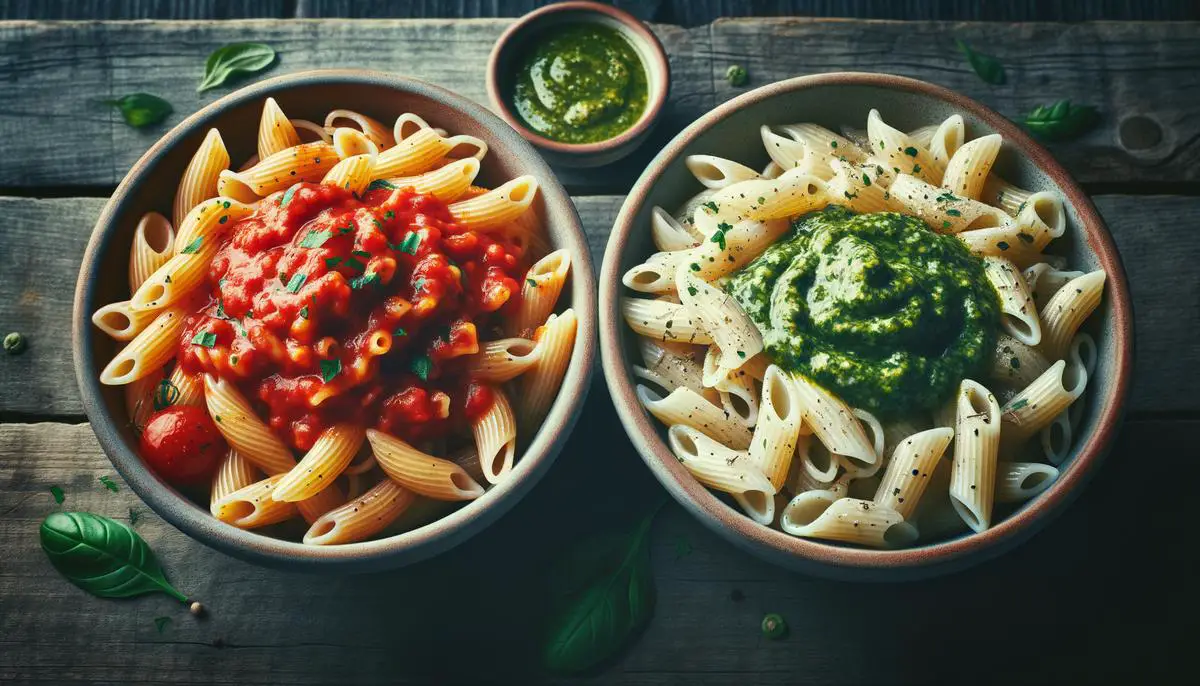The journey of taco salad through the decades reveals much about the shifting landscapes of American dining and cultural adaptation. From its humble beginnings to its current status as a beloved dish across the nation, taco salad exemplifies how traditional elements can be reimagined to fit contemporary tastes and lifestyles.
Origins and Evolution of Taco Salad
Taco salad may now stand as a staple of casual dining and home kitchens alike, but its inception is deeply rooted in mid-20th century innovation. Imagine the 1950s, an era ripe with culinary experimentation leading to the creation of the Tacup. As an ingenious twist on traditional Mexican flavors enveloped in a convenient, edible bowl, this creation marked the dawn of what would be known widely as the taco salad. This dish arose during a period when Mexican-inspired foods were gaining traction throughout the United States, evolving beyond their regional confines within the Southwest. Against a backdrop of bustling post-war America, the taco salad offered a novel way to enjoy familiar taco fillings; grass-fed beef, crisp lettuce, and juicy tomatoes, all contained in a crispy tortilla shell crafted to be devoured alongside its contents. The explosion of the fast food industry further catalyzed this development. Restaurants spied a dual opportunity: appeal to the evolving American palate while optimizing ease of consumption. The result was not only a menu item that promised a taste of something different but also provided convenience, aligning perfectly with the era’s veneration of quick-service efficiency. Furthermore, entering into the dynamic wave of changes in family and women’s roles during the ’60s and ’70s, the taco salad embraced adaptability. Cooks could scale it effortlessly to feed varying numbers, substitute ingredients to cater to the growing interest in diet and health, or tailor it to fit the tastes of both young children and adults. It became not merely an option of leisure but a necessity aligned with fast-paced modern life. What also contributed to its nationwide acceptance was its customizability. Whether one preferred beans over meat, ditched dairy toppings in favor of avocado, or opted for spicy jalapeños over mild bell peppers, taco salad breaks barriers and invites personalization. This versatility turned it into a celebratory dish served at gatherings across the country, adapting to regional adjustments and personal preferences. As we march through the 21st century, taco salad sustains its culinary status not merely because of its historical novelty or utilitarian alignment with modern fast dining but because it epitomizes a larger cultural phenomenon—the meshing and adaptation of culinary boundaries. Taco salad is now another dish proudly perched in the pantheon of American comfort foods, symbolizing a union between heritage flavors and contemporary lifestyles. Riding waves of nutritional trends and regional preferences, its essence conveys innovation interwoven with the simplicity of a salad, making its origin as remarkable as its taste.Customization of Taco Salad
The customization of a taco salad further elevates its appeal, transforming it into a canvas for creativity and personal tastes in the kitchen. Flexibility in ingredient selection is key, ensuring that it caters to a broad spectrum of dietary preferences and needs, from the meat-lover to the vegan, from the calorie-counting individual to those who simply wish for a burst of fresh, hearty flavors on their plate. Proteins, for example, range widely. While traditionalists might lean towards spiced ground beef or succulent chunks of chicken, the modern taco salad easily incorporates pulled pork, turkey, or shrimp for variety. For those adhering to plant-based eating, legumes like black beans or lentils, seasoned tofu, or tempeh serve as excellent proteins that make the salad both filling and nutritionally balanced. Vegetables too provide not just color and crunch but are an opportunity to layer flavors. Beyond the staple iceberg or romaine lettuce, there’s an array of greens like spinach, arugula, and kale, each contributing distinct textures and taste profiles. Bell peppers offer sweetness, onions offer sharpness, and tomatoes bring juicy acidity, which perfectly complements milder leafy bases. Adventurous garnishes can include roasted corn, pickled red onions, or even sweet mango slices to introduce a sweet and tangy dimension. Toppings further tailor the taco salad to individual tastes and can enhance the nutritional value of the dish while indulging diverse taste buds. Traditional cheese shreds can be substituted with nutritional yeast for a dairy-free option. Crushed tortilla chips often grace the top for added crunch, but for a healthier twist, seeds such as pumpkin or sunflower may be sprinkled instead. Sour cream might crown the composition, but a dollop of heart-healthy guacamole or a drizzle of zesty lime and cilantro dressing could provide that creaminess with added flavor and health benefits. Each element of a taco salad—from its proteins and greens to its array of vegetables and array of toppings—encourages healthy, personalized dining without compromising on flavor or satisfaction. This broad spectrum of choices does not just cater to varying dietary restrictions and preferences; it nurtures creativity in everyday cooking and invites everyone to construct a dish that speaks to their lifestyle and palette.Nutritional Profile of Taco Salad
Given its highly customizable nature, taco salad can be adjusted to enhance its nutritional profile, making it a commendable choice for a balanced diet. When thoughtfully assembled, this dish not only tantalizes the taste buds but also offers a suite of health benefits, driven largely by its diverse constituents. Starting with the base, opting for greens such as spinach, kale, or a mix of colorful lettuces increases intake of essential vitamins, minerals, and dietary fiber. These leafy choices are low in calories but high in nutrients like iron, calcium, vitamin K, and folate. Their inclusion positions the taco salad as a heart-friendly option that supports blood health and provides anti-inflammatory benefits. Protein choices also significantly impact the nutritional caliber of the dish. Lean proteins such as grilled chicken, lean ground beef, or fish like tilapia or salmon offer substantial amounts of protein without overly high levels of saturated fat. These animal proteins are essential for muscle repair and growth. Meanwhile, plant-based proteins like black beans or chickpeas enrich the salad with fiber and complex carbohydrates, which improve digestive health and offer sustained energy release without spiking blood sugar. Moreover, integrating a variety of vegetables increases both the flavor and fiber content—critical for maintaining a healthy gut. Diced tomatoes, shredded carrots, and sliced cucumbers add texture while loading up on vitamins A and C, antioxidants that protect the body against free radicals and enhance immune function. Additionally, avocado, often used as a topping or dressing base, provides healthy monounsaturated fats. These fats are known to assist in lowering LDL (bad) cholesterol while boosting HDL (good) cholesterol. It’s equally essential to note the calorie-contributing components often found in taco salads, such as shredded cheese, sour cream, and tortilla strips. While delicious, their high-calorie count could burden a meal intended to be nutritious. Substituting these with lighter alternatives; using Greek yogurt instead of sour cream for a creamy texture with less fat and more protein; or skipping cheese in favor of nutritional yeast for a dairy-free cheese flavor and additional B-vitamins; modifies the dish into an even healthier meal. Regarding dressings, one could either opt for a homemade cilantro-lime dressing or a dash of olive oil and vinegar. These choices are consummate for including flavor depth while steering clear of the excessive sugars and saturated fats inherent in commercial dressings. Through these tailored, health-conscious selections in producing a taco salad, individuals can create a meal that isn’t only brief in calories but big on nutrition. Eating smart doesn’t dismiss savoring richness or decadent tastes; instead, taco salad explains how versatile dishes can coalesce dietary wellness with sumptuous flavors—to offer a truly balanced eating experience. This approach not only caters to meal satisfaction but also celebrates mindful eating that positively influences one’s health journey.In conclusion, taco salad remains a testament to culinary innovation and cultural integration. Its ability to adapt and evolve while maintaining its core appeal underscores its enduring popularity in America's diverse gastronomic scene.






